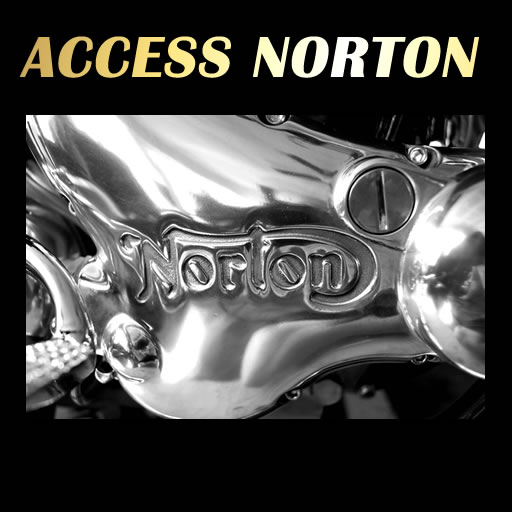@lcrken @worntorn
Hey guys thanks for the replies i was actually worrying that I got way off topic with my ranting in a sect like manner bout Tig welding.
Well considering that modern TIG welders of the likes of miller dynasty, Lincoln aspect (which i own) and fronius (of my dear Austria) have several available wave forms, very high arc frequencies, ac balance and on top of that independently adjustable phase amplitude i usually like to weld as follows.
Clean the crap outta the chamber of necessary with acid and pre grinding.
Set the frequency ultra high to narrow the Arc as with high frequency you get a narrower arc which leads to more focused heat input.
Furthermore a very pointed lanthanum (grey) tip in a slightly bigger diameter to give the pointed tip more heat capacity and thus resistance
Use the least possible amount of cleaning action thus very little positive phase balance. (80-85ish)
Use square wave in order to get immediately the full force of amperes and not some mellow yellow sinus Dr. Feel-good that boils the crap out of the surrounding material.
As for that, up to this point use recommendend amplitude settings, and use if necessary the least preheating necessary, less for the weld but to avoid tension cracks due to uneven heat dilation.
Now to my private experiments:
Use 50/50 or even higher pos/neg balance which sounds at first counter productive, but using the amplitude skew, use very lil cleaning amplitude as you just need it for breaking the oxide layer.
And in comparison give it the maximum negative amplitude with very high frequency.
That way you get an arc that somewhat resembles in it's characteristics a surgeon knife with muchos penetration (in a very reduced time), sufficient cleaning action but due to low positive amplitude reduced heat input.
Only thing is one really needs to watch out to weld fast and concentrated and keep an eye on controlling the weld puddle as the arc is so strong that it almost pierces in /through the puddle.
So one has to move very fast which also leads to reduced heat input and thus in my experience reduced haz.
More i can at this point unfortunately not verify or state as this topic is a current focus of my private investigation (with oscilloscope among amp meter) in which i would like at the end to find applicable welding parameters for advanced aluminum welding with highly reduced heat input (all the welding articles brag about it but mysteriously nobody does it or states how to, funny huh?)
Furthermore I usually weld most of my cast aluminum stuff with 4047 as i found that using my petsonalb WPS's i almost never experienced distortion.
Hope my ramblings made sense and didn't sound to esoteric.
Kind regards
Christian




